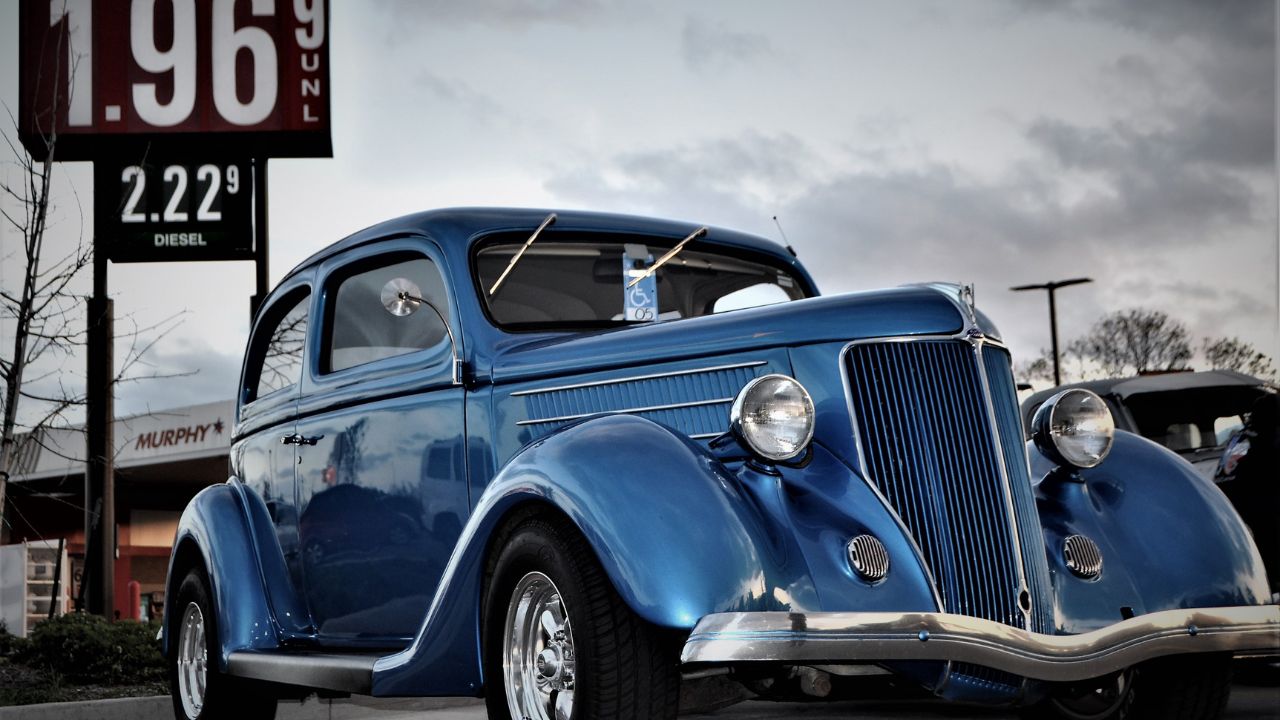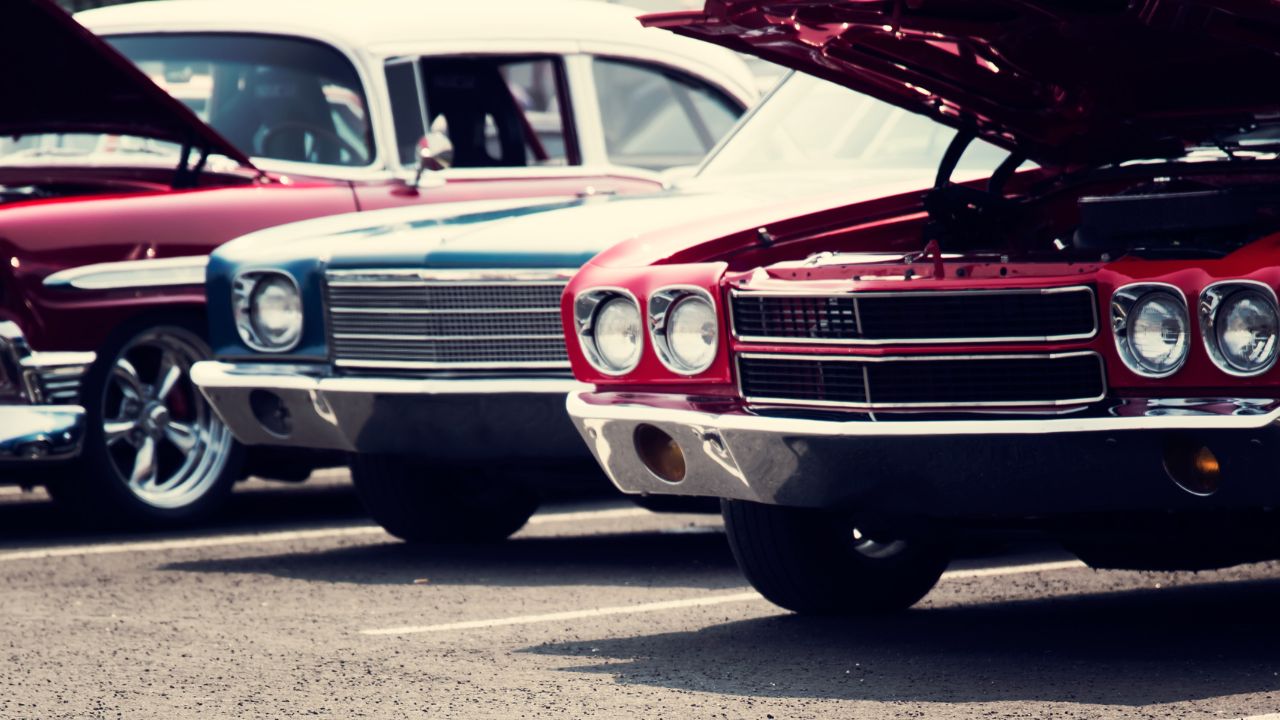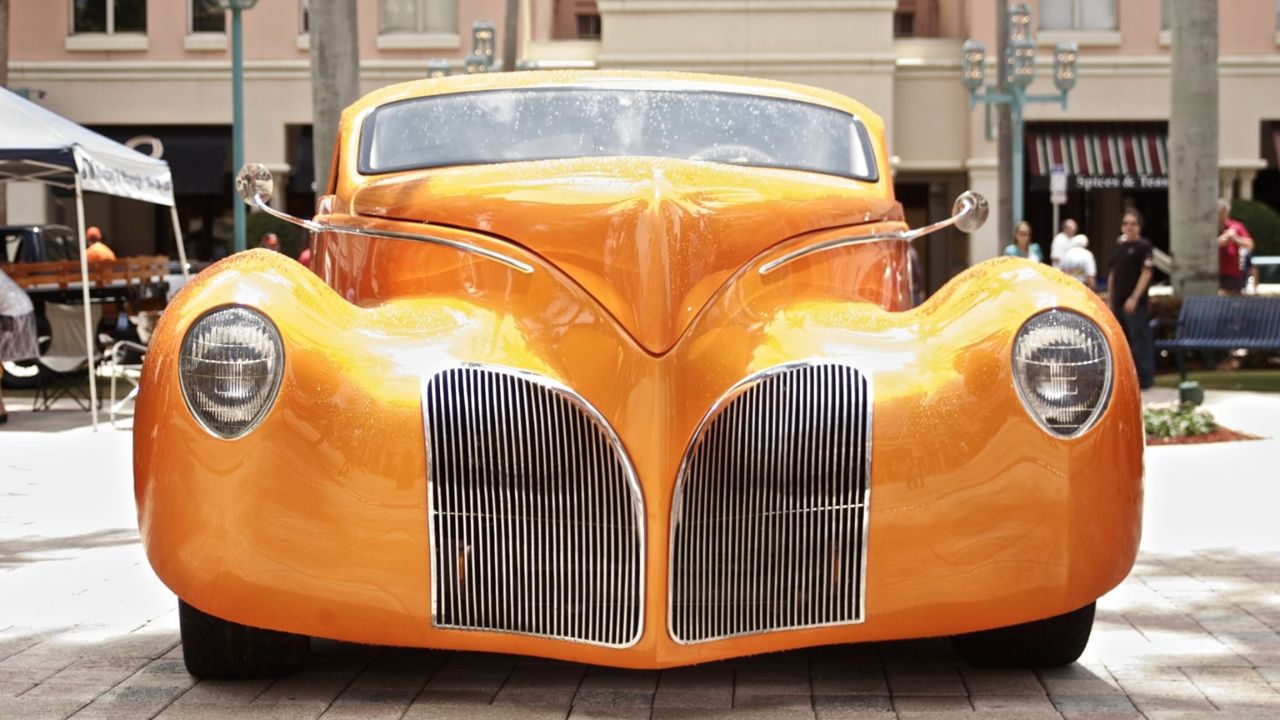
There are several reasons why classic cars are so popular. Some people love cars from birth, while others learn to love them through exposure to advertising and friends. Sometimes, someone wakes up one morning with the unquenchable urge to restore an old car. Whatever the reason, we have all had the urge to buy a classic car at some point. If you feel like this is you, read on to find out more about the various types of classic cars that are available in America.
Ford F-series pickups
Ford F Series pickups might be something you have encountered if you have ever driven an American classic car. These cars are the best selling vehicles in the world, and have endured throughout the decades, from farm-working machines to family-mobiles. Here are some facts about these iconic vehicles. Here are some. Listed below are a few things you should know about Ford F-series trucks.
Chevrolet C10
The Chevrolet C10 is a pickup-truck that debuted in the early 60s. It was an early competitor of the Ford F-Series and Dodge D-Series, and it went through four generations in production. The C10 came with a number of variants, including the original cab-over version. Additionally, it had a range of engines and trim choices. The C10 is still in production today, more than 40 years after its predecessors.

Chevrolet Bel-Air
Their timeless style is the reason why classic cars from 1950s America are so popular. One example of such a car is the Chevrolet Bel Air. The Chevrolet Bel Air is an American icon, from the Tri-Five's first racers to the sixth and fifth generation muscle cars. The car combines form and function to offer the best of both. A Bel Air well-maintained will make it feel like you are a celebrity.
Chevrolet Corvette
The iconic 1966 Chevrolet Corvette is among America's most beloved and iconic cars. It was famous for its style and class. It was featured in numerous movies and Country music. From September 1965 to July 1966, the car was manufactured. The new 427-cubic inches engine was a big leap forward for its time. It was originally rated at just 450 HP. The car had lost around 15 mph between 0-60. Nevertheless, it was still one of the best-selling vehicles in history, and the Chevrolet Corvette was quickly rising in popularity.
Pontiac GTO
The Pontiac GTO (performance car) was produced between 1964 and 1974. It was a powerful car with large displacement engines that had unique lines. This made it more expensive than other Mopar models. These are just a few highlights of this iconic car. If you are in the market to buy a classic vehicle, the GTO should be your first choice.
Chevrolet Chevelle
The foundation was redesigned for the third generation Chevrolet Chevelle. The new frame is stronger and has wider rear axles, wider wheels, revised geometry, and was redesigned. Hydraulic camshafts with hardened valve seats improved the engine's reliability. The engine was fitted with a 4-speed manual or optional Turbo Hydra-Matic 3-speed auto transmission.

Ford Mustang
The first model of the Ford Mustang was introduced in 1964 and has become an icon of the decade. The car's affordability, good looks, and reliability have inspired millions of people to admire this classic car. Ford has created special edition Mustangs over the years to increase power, style and exclusivity. These cars are now sought after by collectors who spend significant amounts of money. Which Mustang model is best? Here are five reasons to buy a classic Mustang.
FAQ
Can I work as an auto mechanic without a degree? What about part-time study?
A degree isn't necessary, but it certainly helps. Most employers prefer candidates who have studied for a full degree rather than those who haven't. It shows that your efforts have been put in and you have succeeded.
You can still study while working, however. Some universities let students complete their coursework in the summer and then continue their studies during the school year. Others allow students to study part-time all year.
How can I prepare to become a mechanic apprentice?
It is vital to be able to comprehend what you are doing. Understanding the mechanics and working of cars is essential. This way, you know where to start when you go on your first day at the garage.
You also need to know how to fix simple problems such as broken lights, tires, etc.
These lessons will help you to identify and fix problems.
For the purpose of putting them back together again, you'll need to be able to identify how each piece fits together.
Finally, you need to be able to safely and efficiently use tools.
All these things will help you to become a competent mechanic.
What qualifications are required to become a truck mechanic
While you may not have the formal qualifications to perform this job, your skills are well-rounded in working on engines and trucks. Your experience is invaluable as you know how to diagnose problems quickly and efficiently.
Additionally, you have a solid knowledge of diesel technology that will enable you to determine what parts are necessary to repair our vehicles.
What information do I need about car mechanics
You don't need to know anything about cars to work as an auto mechanic. It's enough to know how to fix things. This is why most people get started with simple jobs such as changing brake pads or tires. Then they move on to more difficult repairs.
You'll need to know how to read diagrams, understand written instructions and follow basic rules of good practice. It is also important to know how to determine if parts are damaged or need to be replaced.
It is important that you have proper training and guidance before you attempt to repair vehicles. This is especially true for expensive components, such as transmissions and engines.
Even though you don't need to be an expert on cars, it is important to understand the fundamentals of mechanical engineering and physical physics. This includes understanding the mechanics of how engines and brakes work.
Noting that all situations are possible, it is important to be prepared. One example is when you could be working on a vehicle involved in a serious crash. Experience with accidents and breakdowns is also a must.
It is important to be open to learning new skills quickly. You will need to be able not only to diagnose problems but also to perform simple maintenance tasks like tightening bolts and nuts.
What jobs are available for car mechanics?
Car mechanics can find work in three areas:
-
Automotive repair shops
-
Dealerships
-
Independent garages
Automotive repair shops
It's where most people start to think about becoming a mechanic. In fact, it's probably the easiest way to get started. You have two options: work in an existing shop or open your own.
You will need to join a union if you want to work in a shop. After being accepted into the union, the union will provide training.
You'll be ready for work once you have completed the training.
If you plan to open your own garage you will need to register with government. After you register, you will be required to meet specific standards.
After you have registered, you will be issued a license to operate your garage.
Your license allows you to sell spare parts and make minor repairs. You can't fix major engine problems with your license.
Apart from selling spare parts, customers will also expect you to provide guidance and advice.
Dealership jobs
Most dealerships employ mechanics who can specialize in a particular area of the car. They may be trained to replace or repair tires, or they may specialize in brakes.
However, some dealerships also hire general mechanics who can handle all aspects of car repairs.
These positions often require applicants to undergo specific training before being allowed to work. This allows employers to pick the right candidates for their jobs.
Some dealerships recruit students right out of school. These graduates already know the basics of mechanical engineering and therefore have no problem learning about cars.
Independent garages
Independent garages do not belong to any dealership. They are more focused on providing top-quality service.
Independent garages can pay higher wages because they aren't associated with any company. This makes them generally more well-paid than jobs at dealerships.
But this doesn't mean that independent garages are necessarily better places to work. Many business owners prefer to manage their own businesses rather than delegating responsibility to others.
You may find yourself working for long hours and not having control over the day.
Expect to earn lower salaries than if you were working in a dealership.
You can switch jobs easily. It is possible to switch between different types of jobs if your current employer would prefer you to work at a dealer.
If you prefer to work in an independent garage, you might consider applying directly to its owner.
Unfortunately, finding a new job can be difficult. There are many factors that affect how much you make.
Consider, for example, what type of vehicle you are repairing and whether additional labor charges will apply.
Statistics
- The U.S. Bureau of Labor Statistics (BLS) reports that the job outlook for automotive service technicians and mechanics is expected to decline by 4% from 2019 to 2029. (indeed.com)
- According to the BLS, the median annual salary for automotive service technicians and mechanics in the United States was $44,050 in May 2020. (uti.edu)
- 52% of Mechanics in the United States think their salaries are enough for the cost of living in their area. (indeed.com)
External Links
How To
How to properly diagnose your vehicle for repair
The symptoms of your vehicle are the first thing you need to look at in order to determine whether it is in dire need of repairs. Follow these steps to properly diagnose your vehicle.
-
Check engine lights. You should inspect the dashboard lights, such as the engine light indicator and the oil pressure gauge. Also, check the battery light indicator. If they have been flashing for more days than usual, it could be a sign that something is wrong with the vehicle.
-
Take a look at the treads. Tires can become worn and cause problems in handling and braking. You should also inspect the wheel treads. They should be clean and smooth. This can be done by removing the wheels from the vehicle and taking them off. You can check the tread wear with a flashlight.
-
Check the level of brake fluid. You must always monitor the level of your brake fluid. This will ensure that your brakes run smoothly. Low brake fluid levels can cause brake failure when you apply pressure.
-
Make sure to test the suspension system. The suspension system in vehicles absorbs vibrations and shocks. It gives you better control and allows for smoother accelerations and decelerations. It might feel uncontrollable or wobbly if your vehicle is suffering from a suspension problem. To test whether your vehicle has a suspension issue, try putting weight on the front or rear axle and observe the movement.
-
Examine the steering column. Steering columns are used to connect the steering wheel to the rest of the vehicle's components. Sometimes, steering columns are damaged by accidents. If yours feels loose or shaky, you should replace it.
-
The exhaust pipe should be observed. Exhaust pipes move gases from combustion chamber to atmosphere. Your cabin will be effected if your exhaust pipe cracks or leaks. Additionally, your tailpipe should be fixed immediately if it is bent.
-
Check under the hood. Look underneath your hood to see if anything looks strange. Leakage of fluids in your engine could indicate that it is leaking. You should also contact a professional technician if there is an unusual odor coming from the engine compartment.
-
You should inspect your air filter. The outside environment collects dust and other particles in the vehicle's filter. A dirty filter can lead to a poor vehicle's performance. Replace your air filter regularly.
-
The fan belt should be checked. The fan belt that connects your vehicle to the transmission is called the engine fan belt. If the fan belt is damaged, the engine won’t turn. The process of replacing the belt is straightforward. All you need are a screwdriver & pliers.
-
Check the radiator hose and hoses. The radiator hose is used to carry water from the radiator to your engine. It can crack or become damaged and leak hot liquid onto an engine. The hose can be repaired with a pair or needle-nosepliers, and a wire brush.
-
The windshield wipers should be checked. Windshield wipers use electricity for snow and rain removal. They can leave streaks on your windows glass if they stop working. Change the washer fluid to fix the problem.
-
Make sure you check the cables. The battery cables provide power for the electrical systems in your car. When you replace batteries, make sure to disconnect the negative cable first. Failure to do so can damage your alternator.
-
You should check the headlights. Headlights illuminate the road ahead of you. Poor visibility can result if the headlights don't function properly. To determine if your bulbs are out of date, check them.
-
Always check your lights. Lights warn other drivers when you approach them at night. You could be distracted and cause an accident if one does not work.
-
Check your brakes. Before you collide with another vehicle, brakes will slow down the car. If your brakes aren't working properly, you may lose control and crash into other cars.
-
Make sure to change the oil. Oil keeps your engine lubricated. It helps prevent metal parts from wearing out too quickly. It is recommended that the oil be changed every other month.